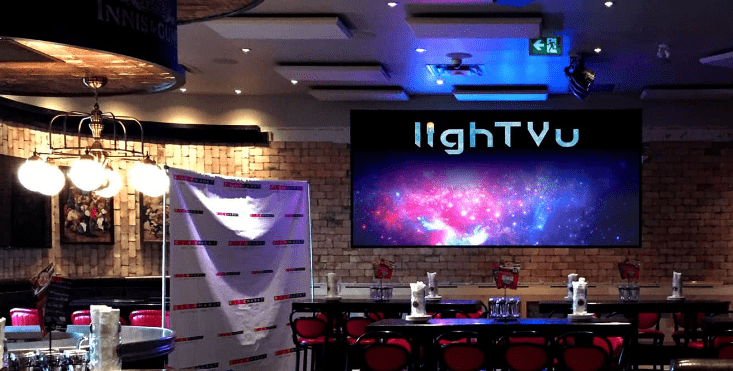Illuminating the Impact of Lighting Circumstances on Motion Identification Accuracy and Reliability
Illuminating the Impact of Lighting Circumstances on Motion Identification Accuracy and Reliability
Blog Article
Lighting environments play a crucial impact in how well we can detect movement. Movement detection is a critical component of different technologies, such as security cameras, automatic illumination systems, and even certain video games. Comprehending how various illumination environments influence our ability to perceive motion can assist improve the development and effectiveness of these systems. For example, poor lighting might result in overlooked motions or false alarms, while optimal lighting can boost the accuracy of movement detection technologies.
In well-lit lighting conditions, movement detection is generally more accurate. When there is sufficient light, sensors and cameras can obtain clearer images, which helps in identifying dynamic objects. Well-lit environments allow for better contrast between the moving element and the background. This contrast is essential for both visual viewers and automated systems, as it makes it easier to distinguish between stationary and dynamic elements in a setting. Thus, ensuring that spaces are adequately illuminated can greatly enhance motion detection algorithms for cctv the effectiveness of motion detection technologies.
Conversely, low-light conditions can present difficulties for motion detection. In low-light environments, shadows can obscure dynamic objects, which makes them difficult to perceive. Additionally, the eye struggles to detect movement in low light, which can lead to misunderstanding of what is happening in the surroundings. Cameras might also face difficulties, as many do not function well in dim conditions without the use of infrared technology or alternative enhancements. These restrictions highlight the significance of sufficient lighting in environments where movement detection is essential.
Moreover, various kinds of lighting can have varying impacts on movement detection. For instance, fluorescent lights can flash, which might mislead movement detection technologies that depend on steady illumination input. On the contrary, natural provides a consistent source of illumination that enhances clarity. Understanding these variations in lighting conditions can assist operators in selecting the most appropriate lighting for specific uses, especially in surveillance and surveillance situations.
In this website conclusion, the connection between illumination environments and movement detection accuracy is important. By making sure that environments are appropriately lit, we can enhance the reliability of movement detection systems. This understanding not only benefits tech applications but also enhances safety and security in various environments. As more developments are made in movement detection systems, taking into account illumination environments will remain a vital consideration in enhancing effectiveness and ensuring that these technologies function properly in various conditions.